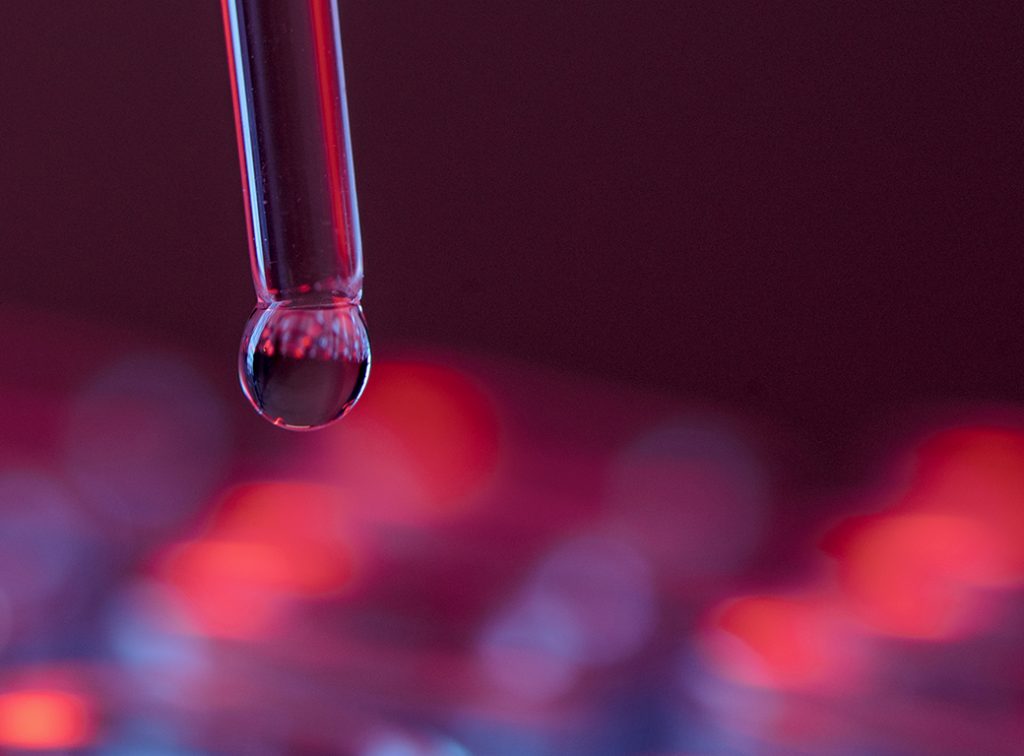Cell-separation method may reveal how novel pathogens attack hosts

Our environment is swarming with all kinds of microbes. The ones that cause harm have a few tricks up their sleeve — they can either attach to receptors on host cells or produce toxins or disrupt the host’s cellular machinery. To develop effective therapeutics against pathogens, scientists need to first uncover how they attack host cells. An efficient way to conduct these investigations on an extensive scale is through high-speed screening tests called assays.
In that effort, researchers at Texas A&M University have invented a high-throughput cell separation method that can be used in conjunction with droplet microfluidics, a technique whereby tiny drops of fluid containing biological or other cargo can be moved very precisely and at high speeds. Specifically, the researchers successfully isolated pathogens attached to host cells from those that were unattached within a single fluid droplet using an electric field.
“Other than cell separation, most biochemical assays have been successfully converted into droplet microfluidic systems that allow high-throughput testing,” said Arum Han, professor in the Department of Electrical and Computer Engineering and principal investigator of the project. “We have addressed that gap, and now cell separation can be done in a high-throughput manner within the droplet microfluidic platform. This new system certainly simplifies studying host-pathogen interactions, but it is also very useful for environmental microbiology or drug screening applications.”
The researchers reported their findings in the August issue of the journal Lab on a Chip.
Microfluidic devices consist of networks of micron-sized channels or tubes that allow very controlled movements of fluids. Recently, microfluidics using water-in-oil droplets have gained popularity for a wide range of biotechnological applications. These droplets, which are picoliters (or a million times less than a microliter) in volume, can be used as platforms for carrying out biological reactions or transporting biological materials. Thus, millions of droplets within a single chip facilitate high-throughput experiments, saving not just laboratory space but the cost of chemical reagents and manual labor.
However, much like a packet of M&Ms, biological assays can involve different cell types within a single droplet, which eventually need to be separated for subsequent analyses. This task is extremely challenging in a droplet microfluidic system, said Han.
“Getting cell separation within a tiny droplet is extremely difficult because, if you think about it, first, it’s a tiny hundred-micron diameter droplet, and second, within this extremely tiny droplet, multiple cell types are all mixed together,” he said.
To develop the technology needed for cell separation, Han and his team chose a host-pathogen model system consisting of the salmonella bacteria and the human macrophage, a type of immune cell. When both these cell types are introduced within a droplet, some of the bacteria adhere to the macrophage cells. The goal of their experiments was thus to separate the salmonella that attached to the macrophage from the ones that did not.

